Rainforests are amazing places that contribute a lot to the earth without asking for much in return. They are important for the health of the globe, but enormous patches of land are being destroyed each day. We take a look at 15 interesting things about rainforests that you probably didn’t already know.
1. Greenhouse Gases
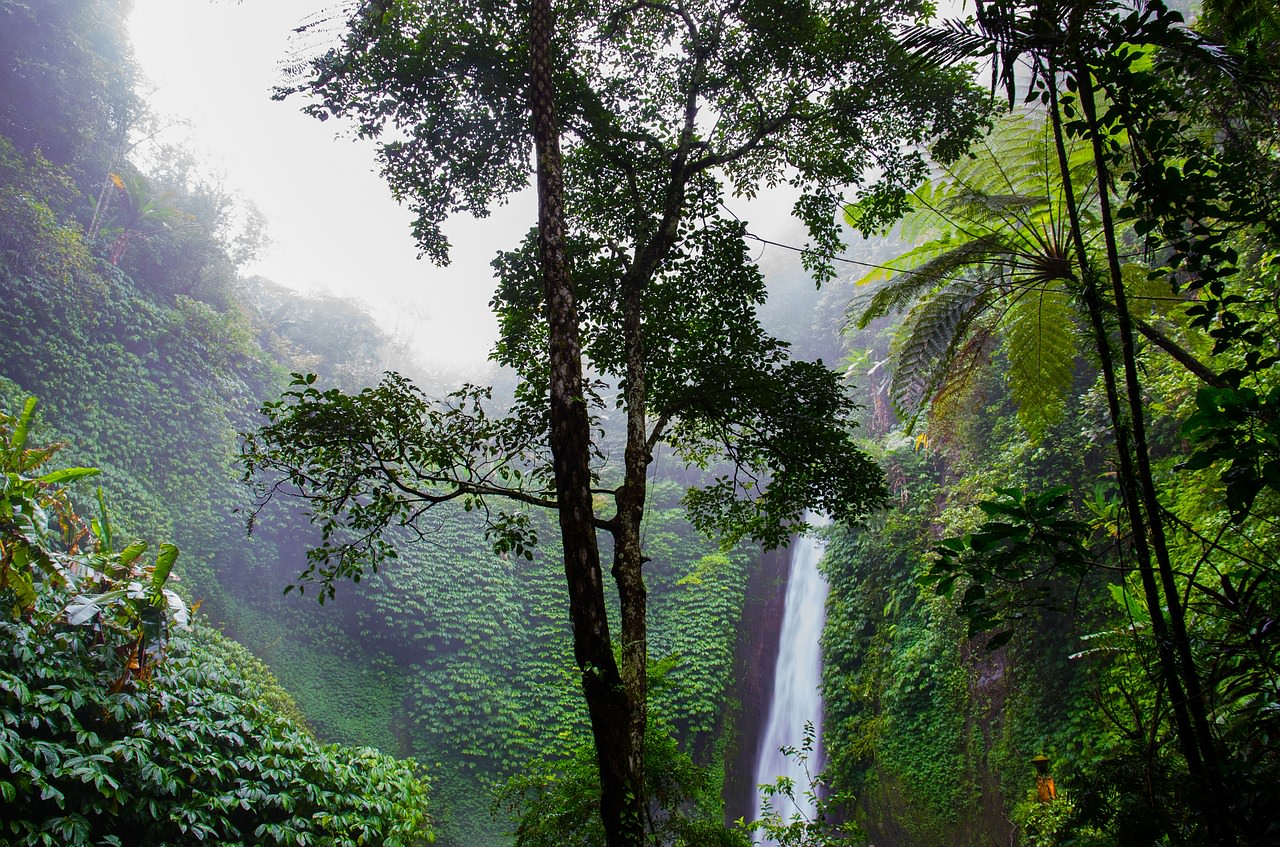
The loss of the rainforest can contribute to greenhouse gas emissions more than all of the world’s transport put together. Forest loss can contribute 15% to gas emissions, while cars and planes contribute around 13.5%.
2. Thick Canopy
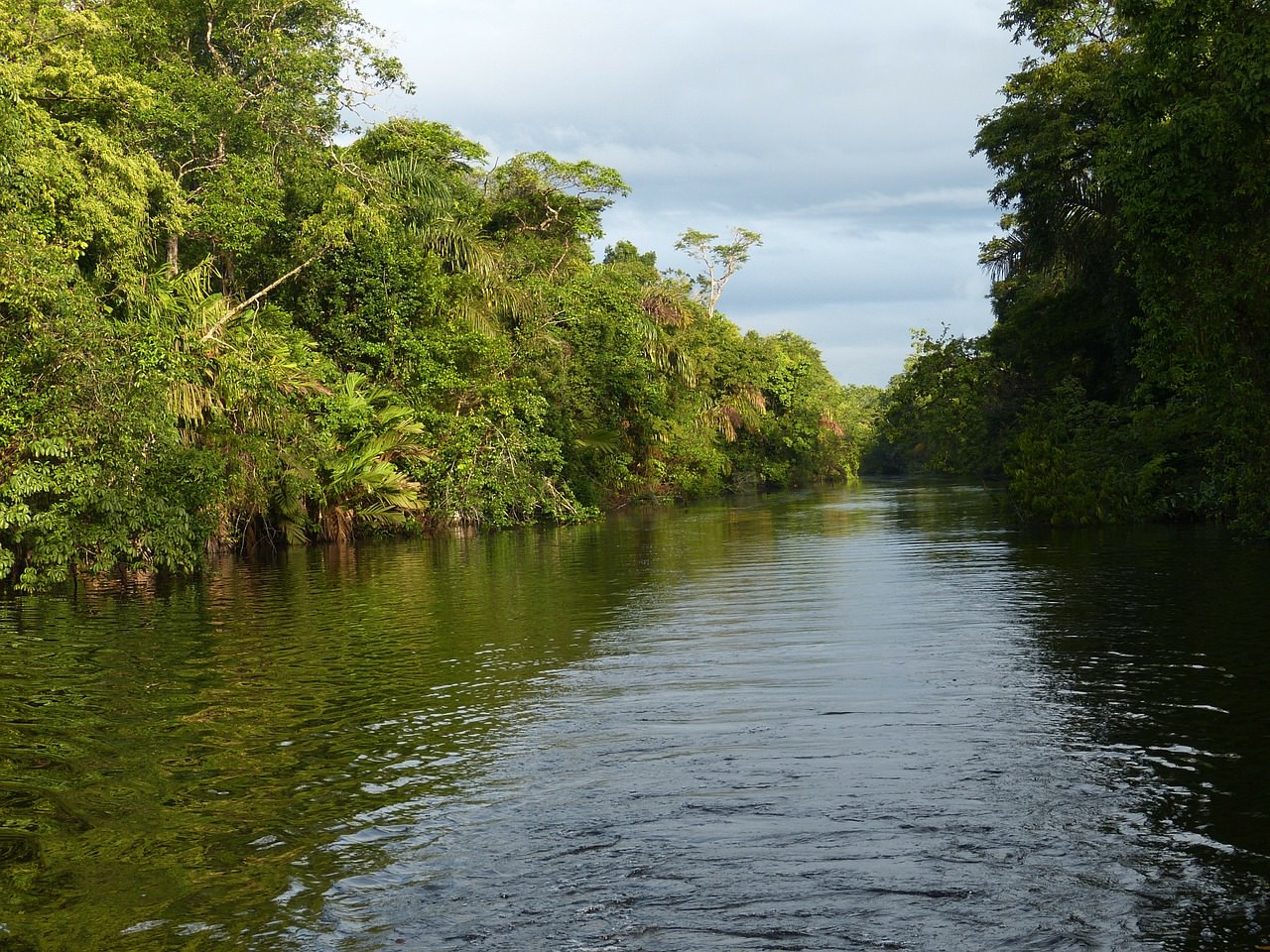
Less than 1% of sunlight reaches the floor of a rainforest, yet they are full of plants and life right down to the ground. It takes around 10 minutes for rainfall on the canopy to reach the ground.
3. Where They’re Found
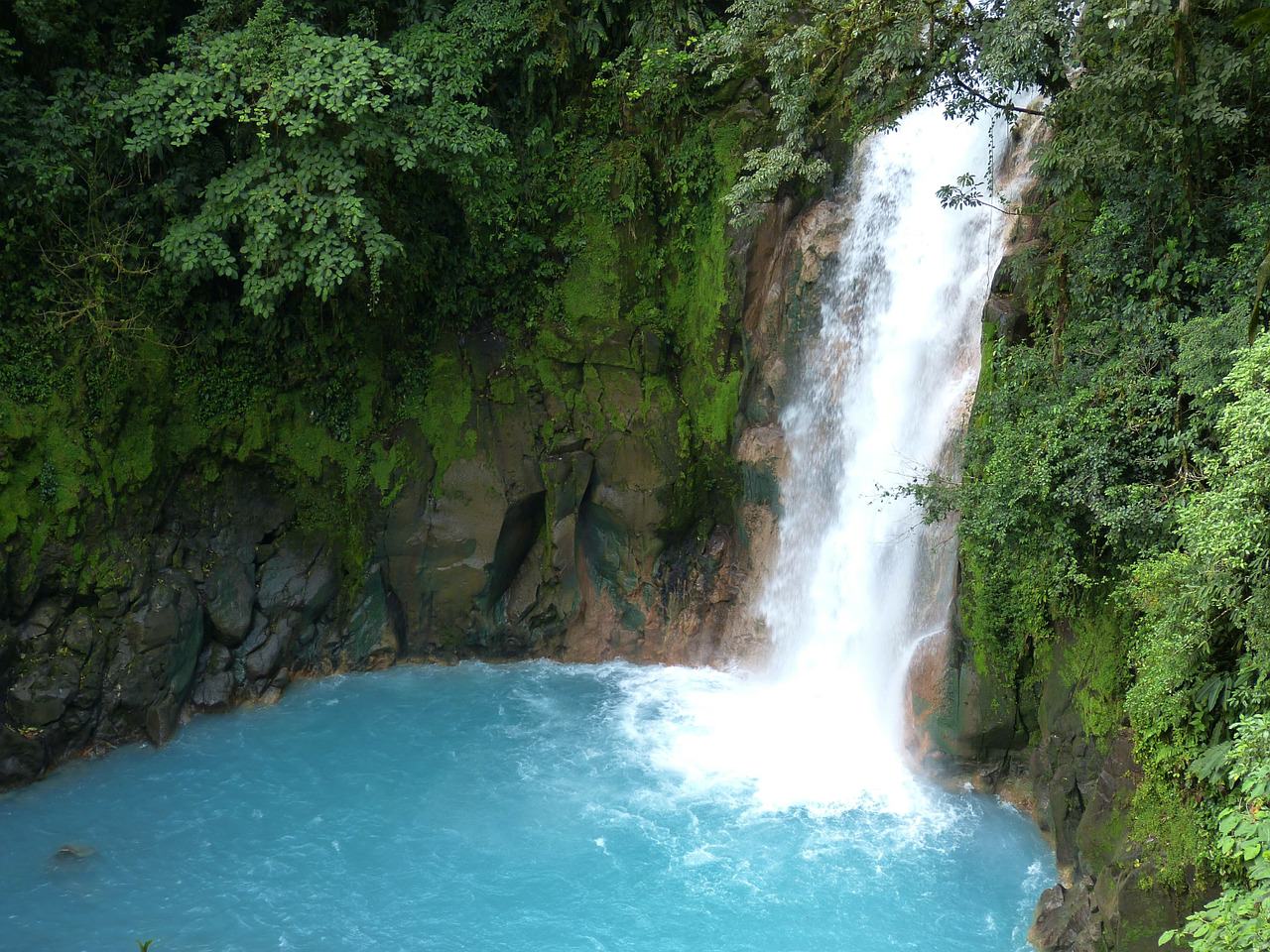
Rainforests are found on all continents except Antarctica because it is too cold. Rainforests grow in places like Alaska, Canada, Africa and Asia.
4. Food
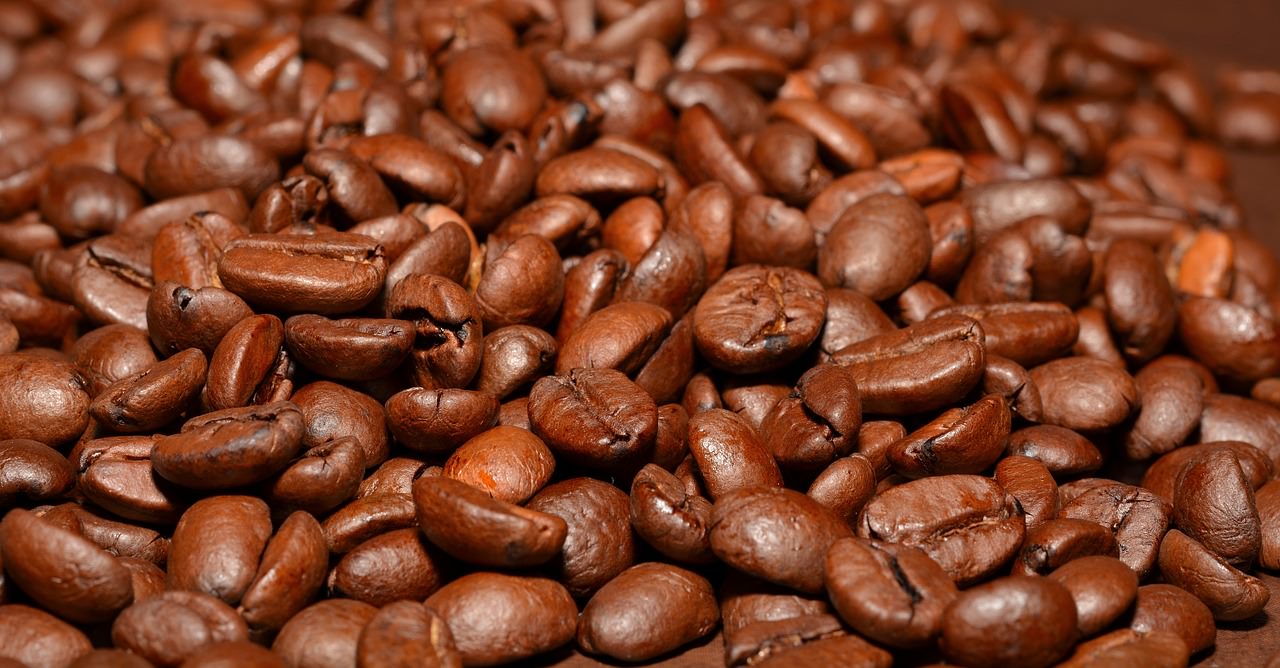
Around 80% of our food originally came from rainforests, and things like chocolate and coffee are still grown there and exported to other parts of the world.
5. Size of The Amazon
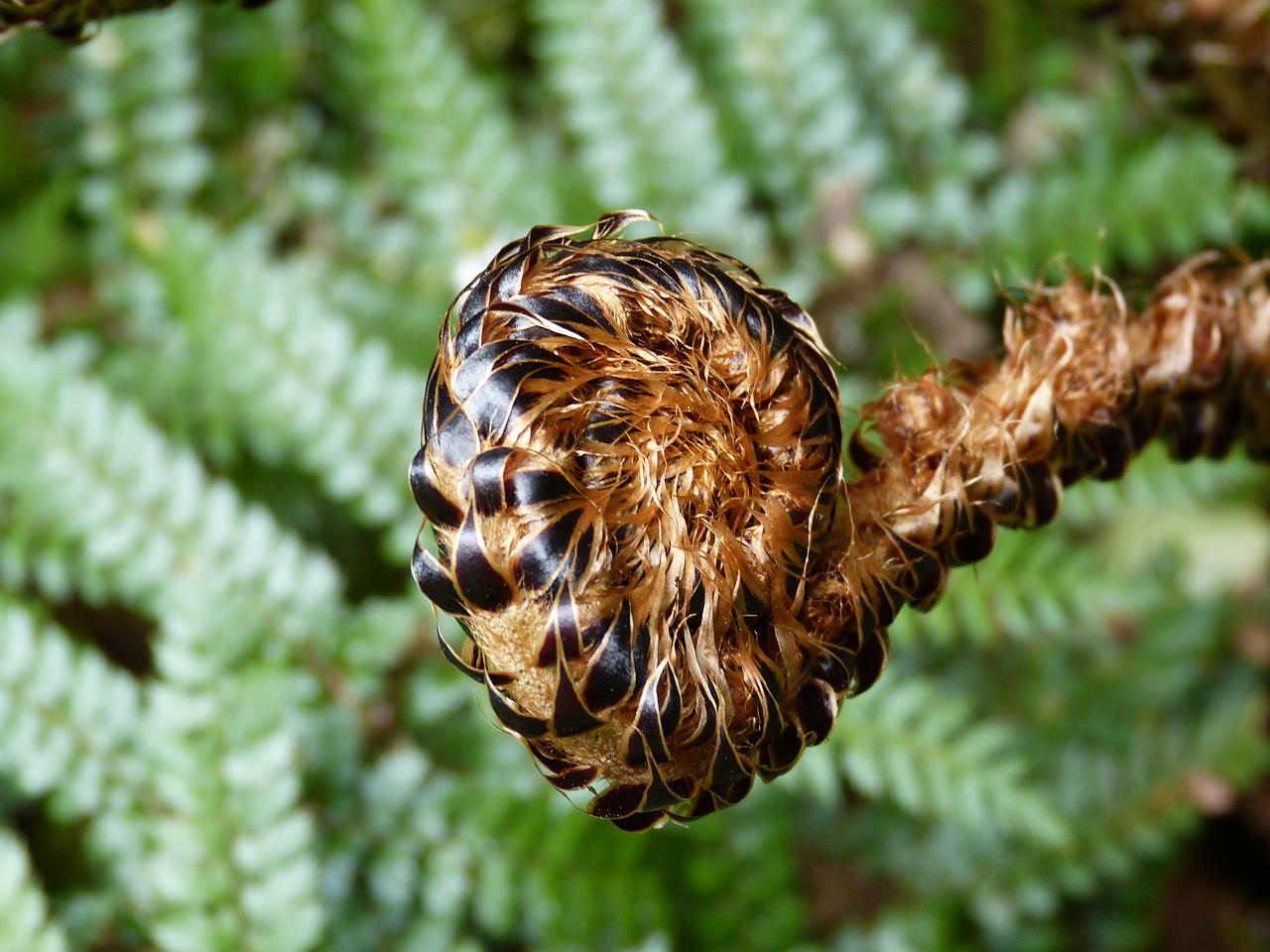
The Amazon Rainforest covers about the same area as Western Europe- an area of around 3.4 million square miles altogether.
6. Plants and Trees
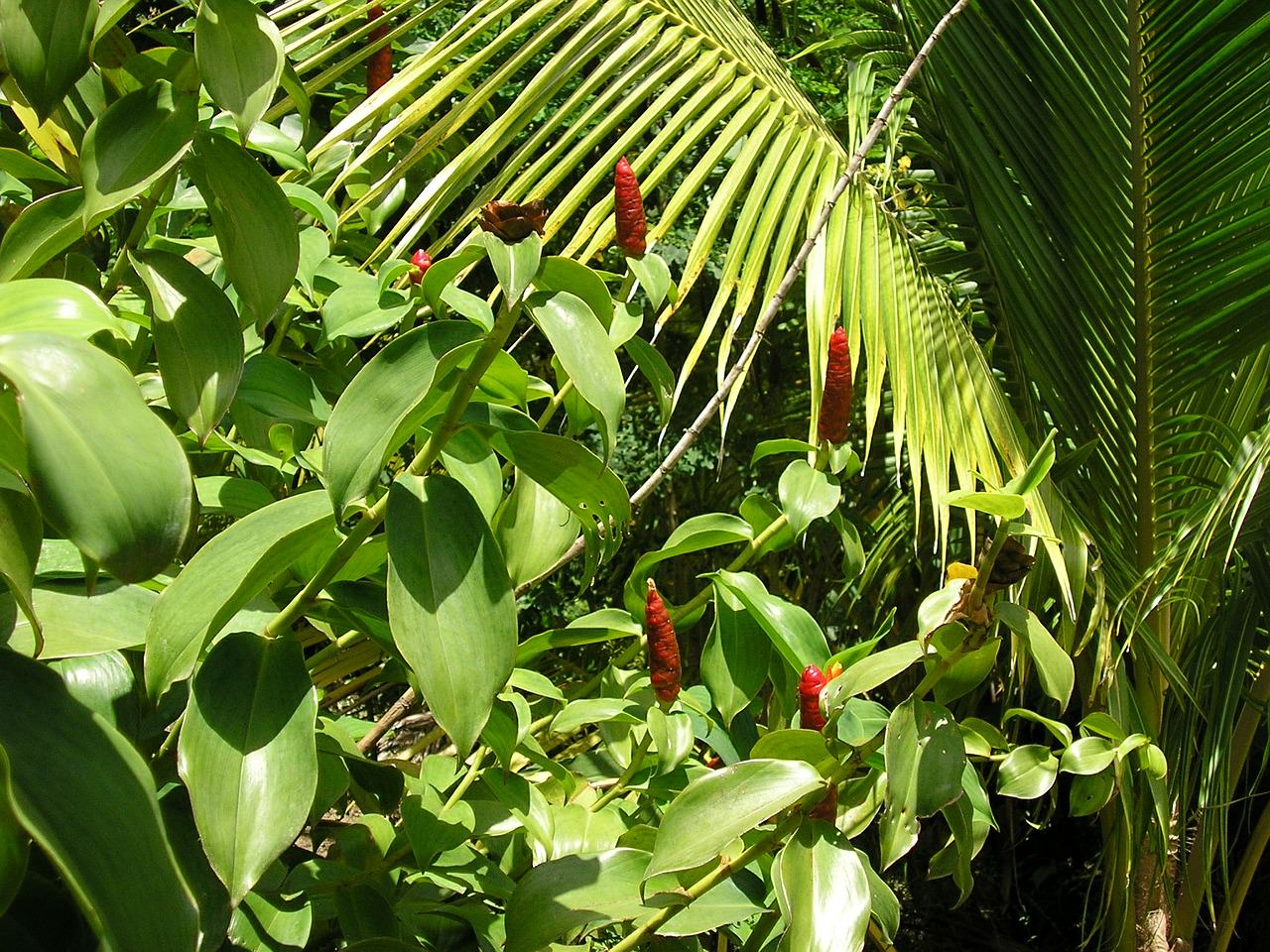
Within four square miles of a rainforest you’re able to find 1500 different types of flowering plant and 750 types of trees. Around a quarter of all natural medicines were first discovered in rainforests.
7. Deforestation
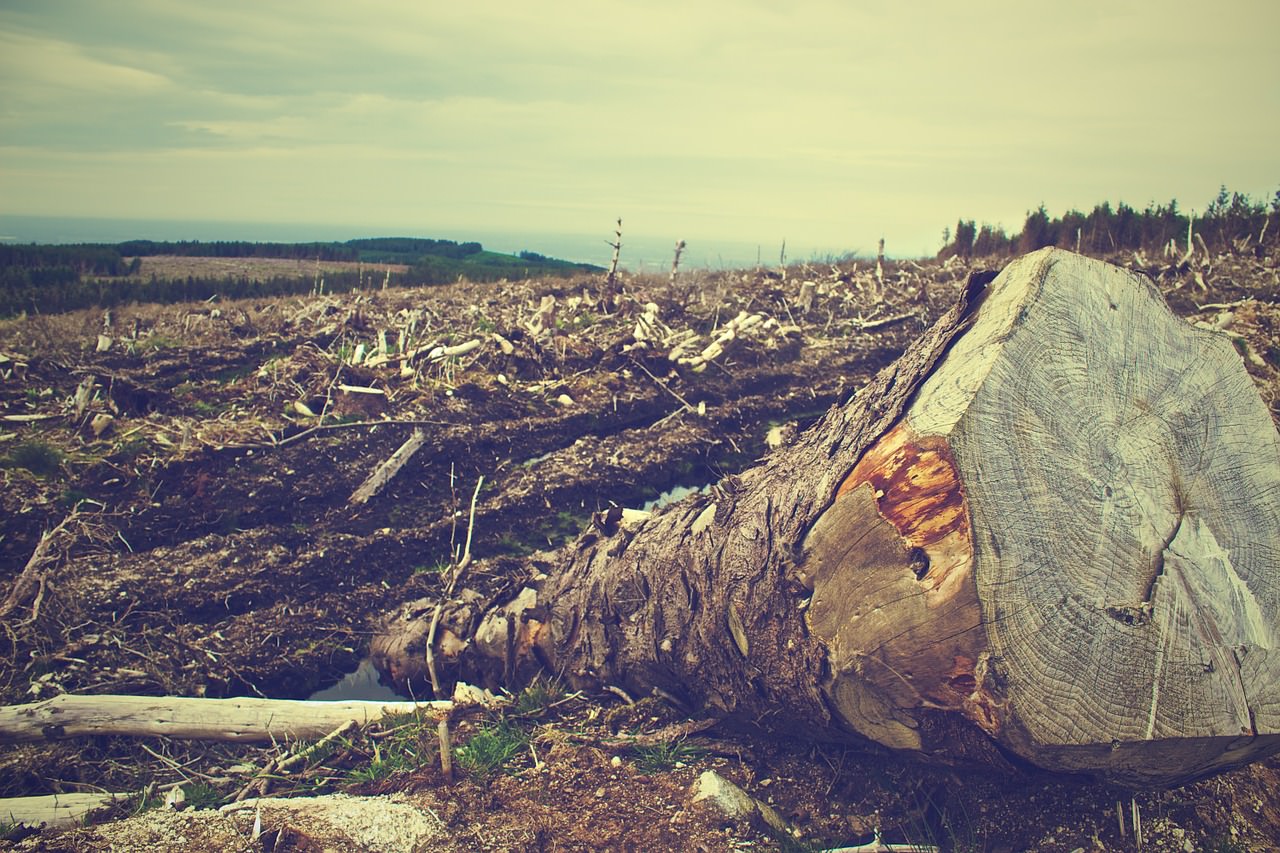
There were originally around 6 million square miles of living rainforest across the world. But due to deforestation and climate change, less than 50% of that is still alive.
8. Fruit
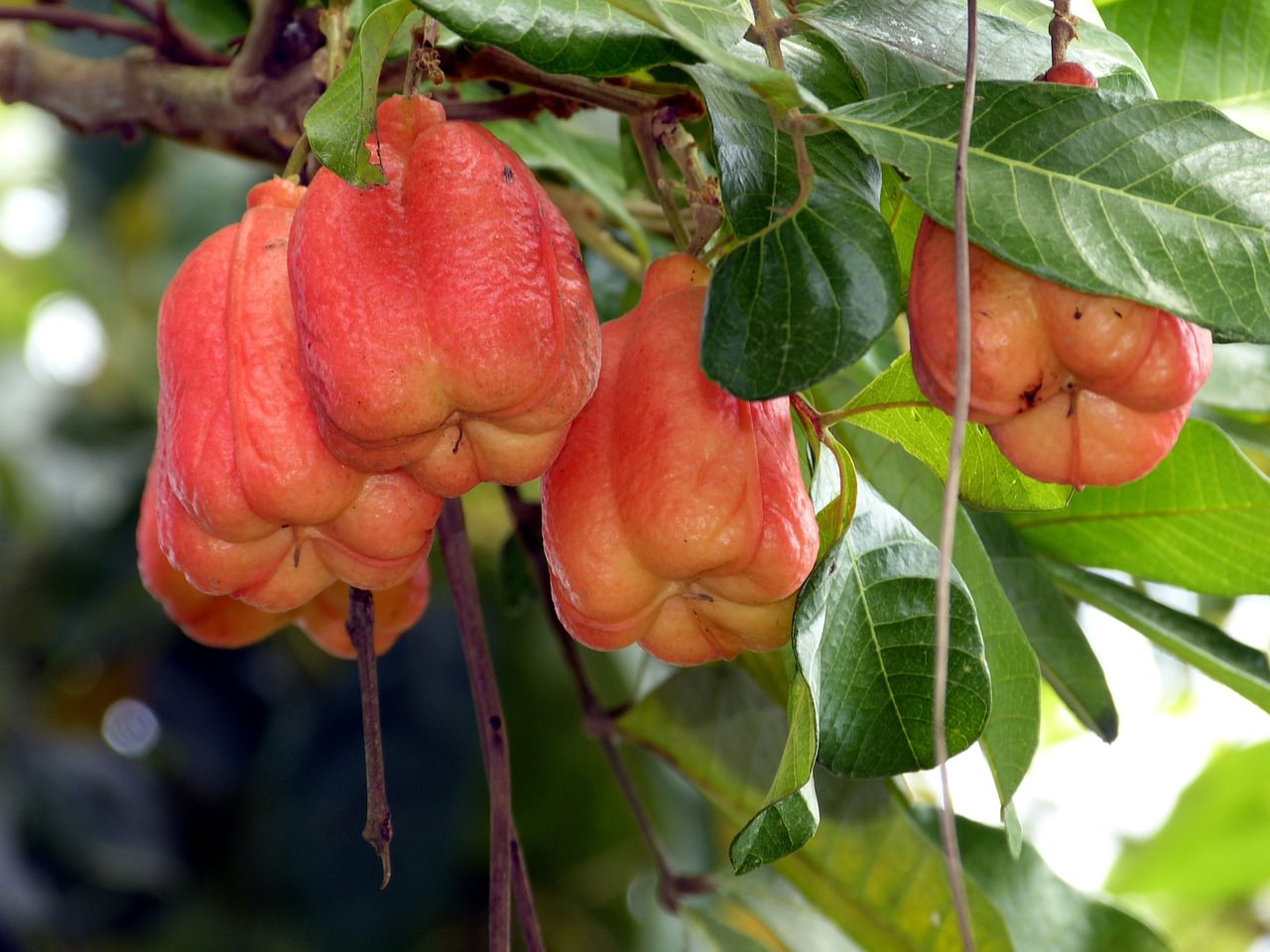
Rainforests grow about 3000 different types of fruits, but we tend to only make use of around 200 of them. However, the tribes that live in the rainforests have learned how to prepare and eat more than 2000 of the different types, relying on them as a source of food.
9. Farming
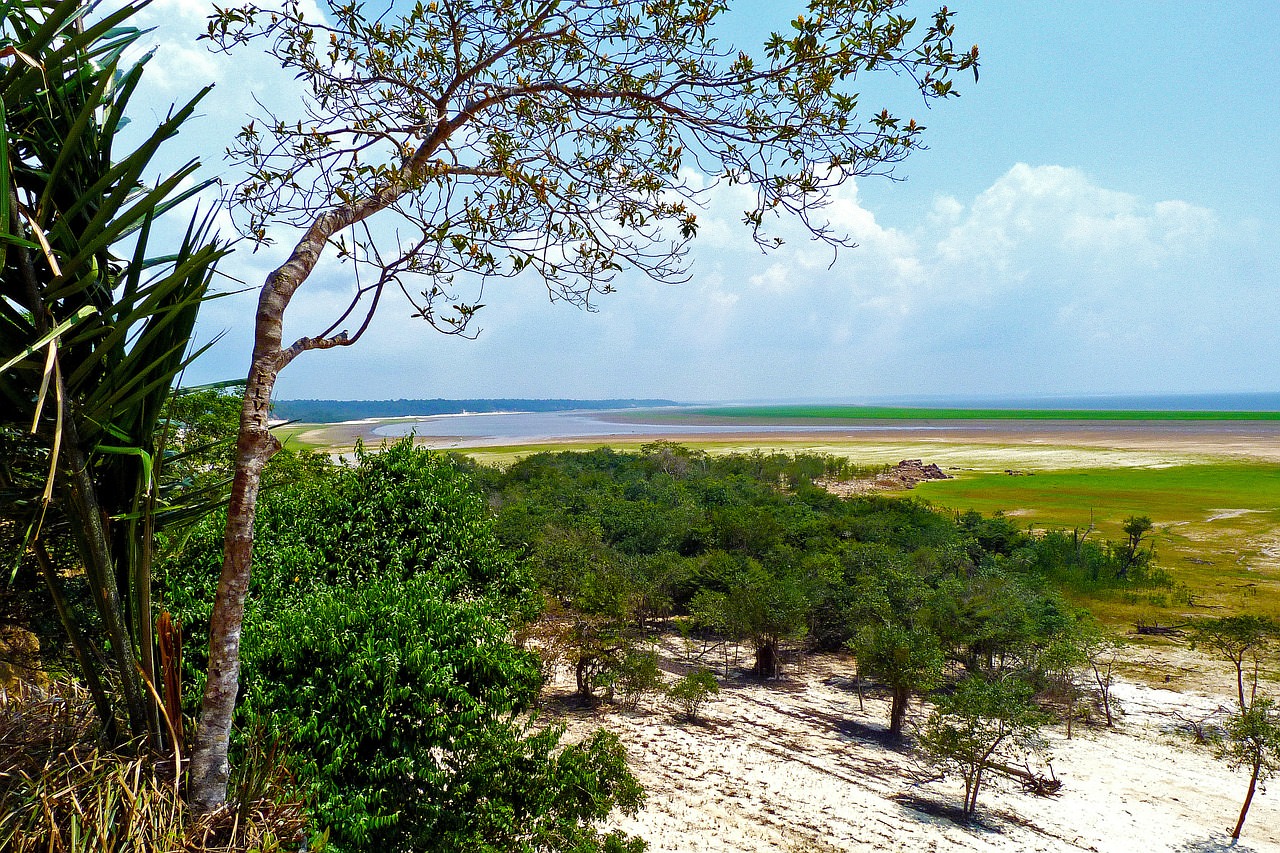
Despite rainforests being lush and green, the soil on the forest floor isn’t very good for farming. Once the forest has been cut down, the land can only be farmed for a year or two before the crops remove all nutrients completely.
10. Oxygen

Rainforests absorb as much oxygen as they give out, due to the decomposition of dead plant matter. Rather than providing the world with oxygen, they have a more cooling effect on the globe as they absorb heat from the sun.
11. Rainforests vs Jungles
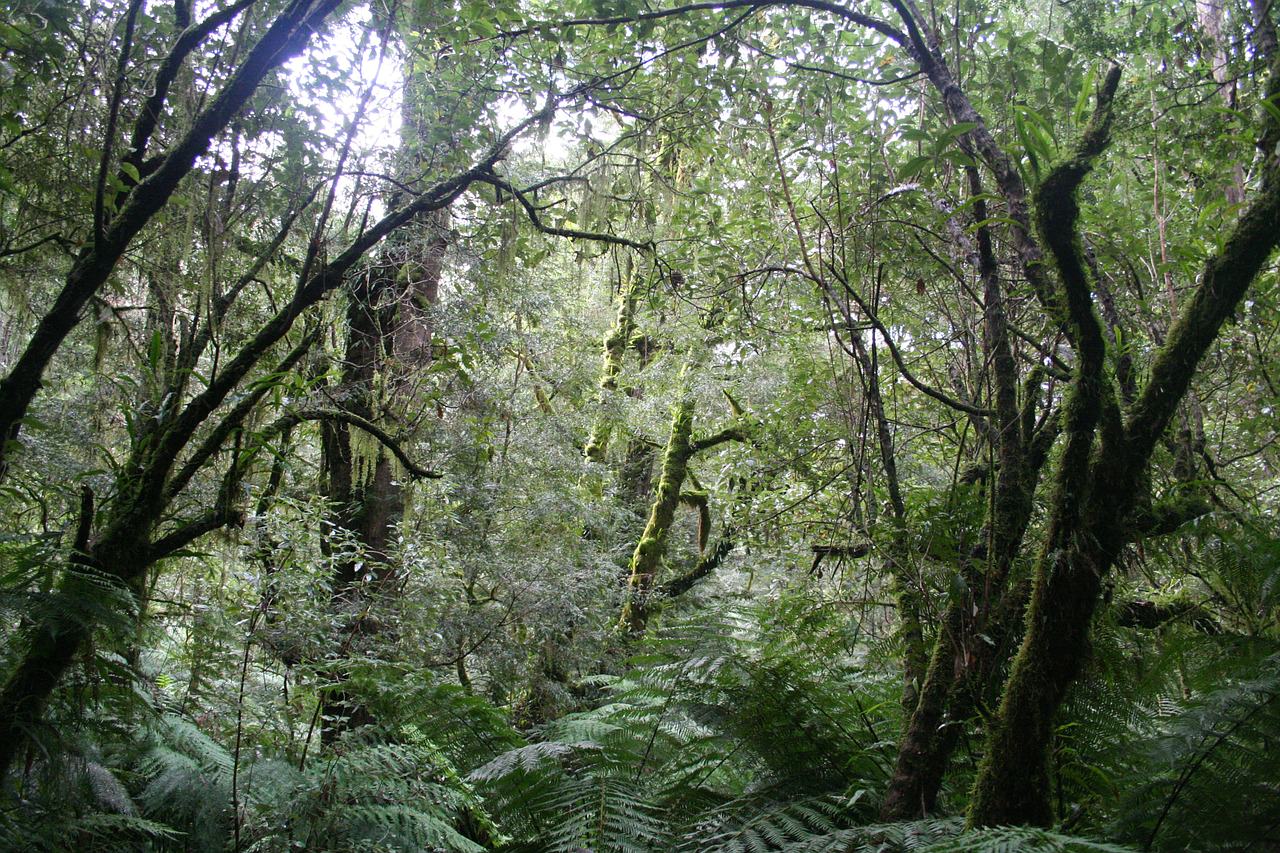
Although they may look and seem the same to some, jungles and rainforests are very different. Jungles have plants that become leafy and tangled on the ground, while rainforests have high up canopies which is where the majority of the vegetation lives.
12. Animals
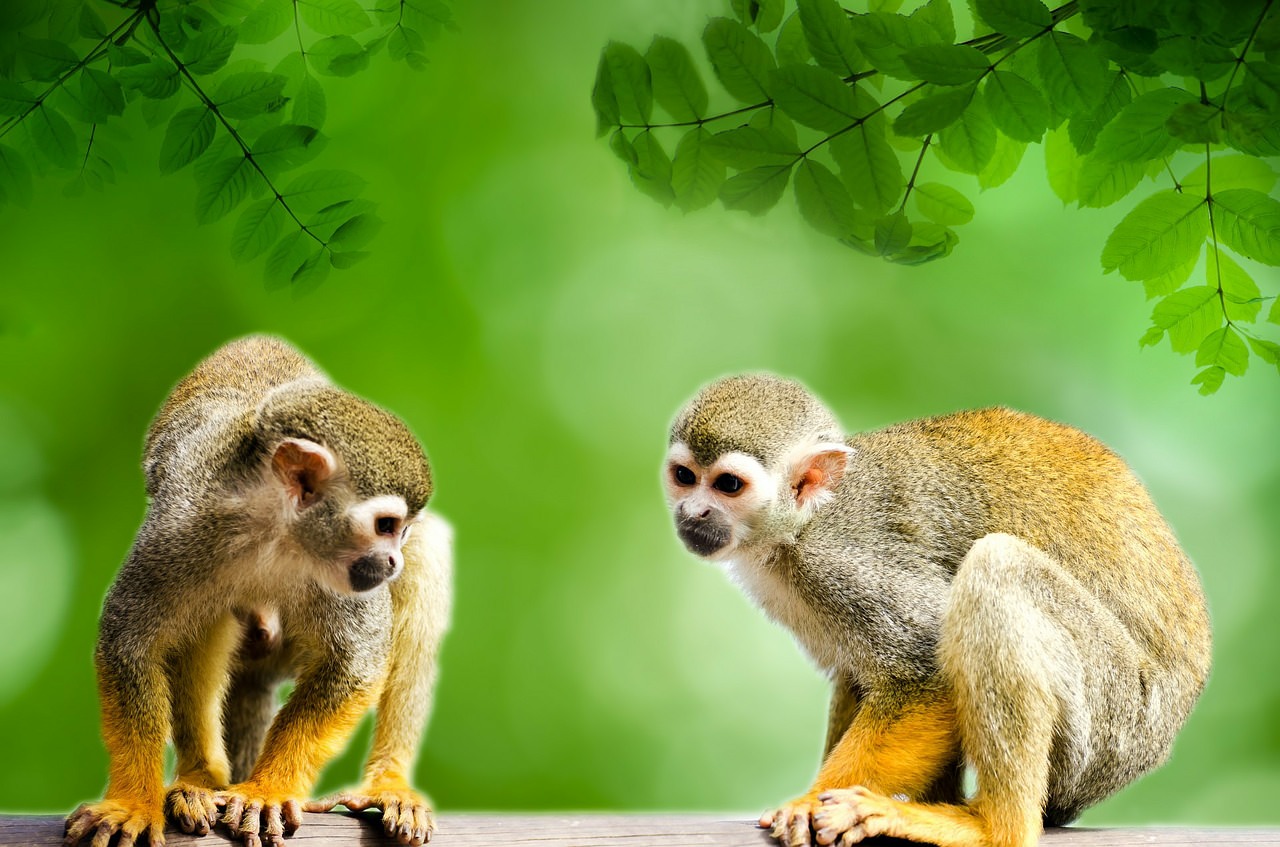
Around 30 million species of animals and plants live in the rainforests. In a four square mile section of the forest you would find about 400 bird species, 750 tree species and 150 butterfly species.
13. Medicines
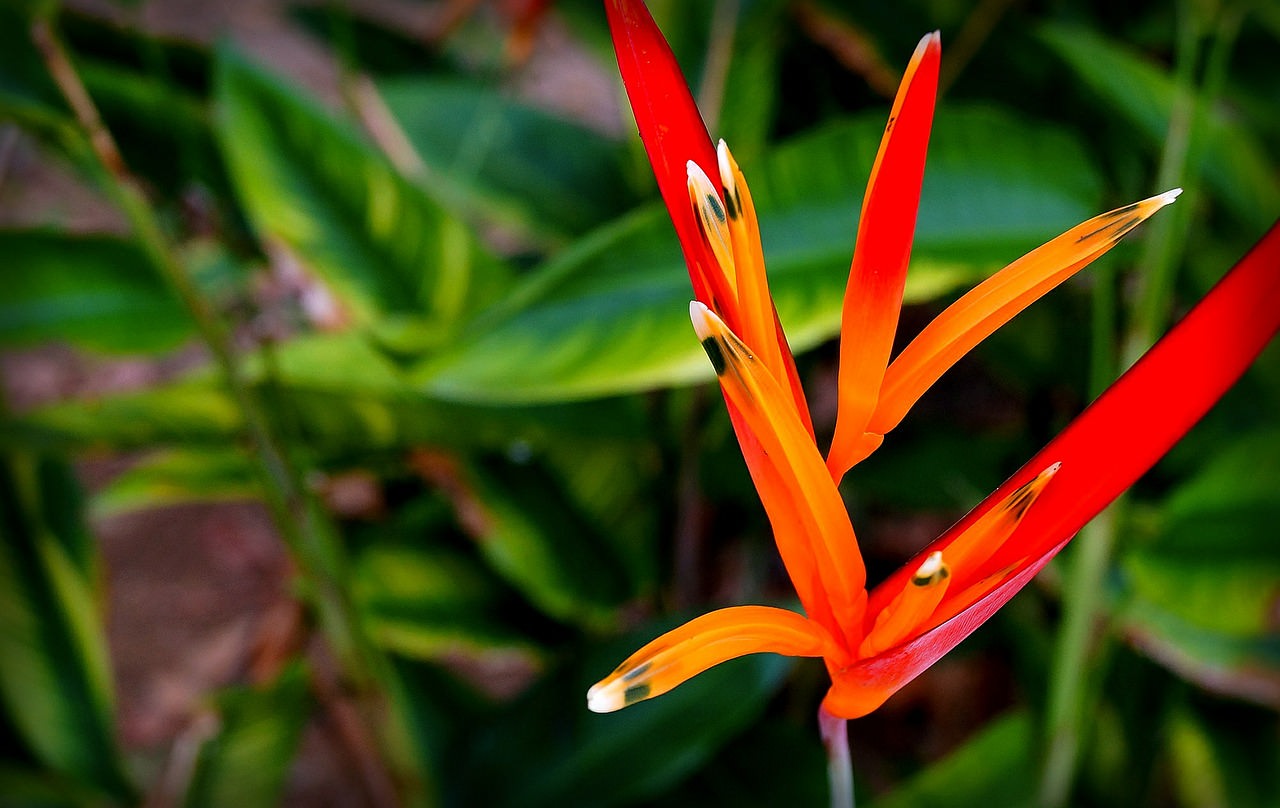
Only around 1% of tropical plants have been tested for pharmaceutical properties, meaning there may be cures to diseases living in rainforests that haven’t yet been discovered.
14. Tropical Rainforests

Over 50% of the rainforests of the world grow in developing countries, while the tropical rainforests are closest to the equator and get around 100 inches of rainfall each year.
15. Layers
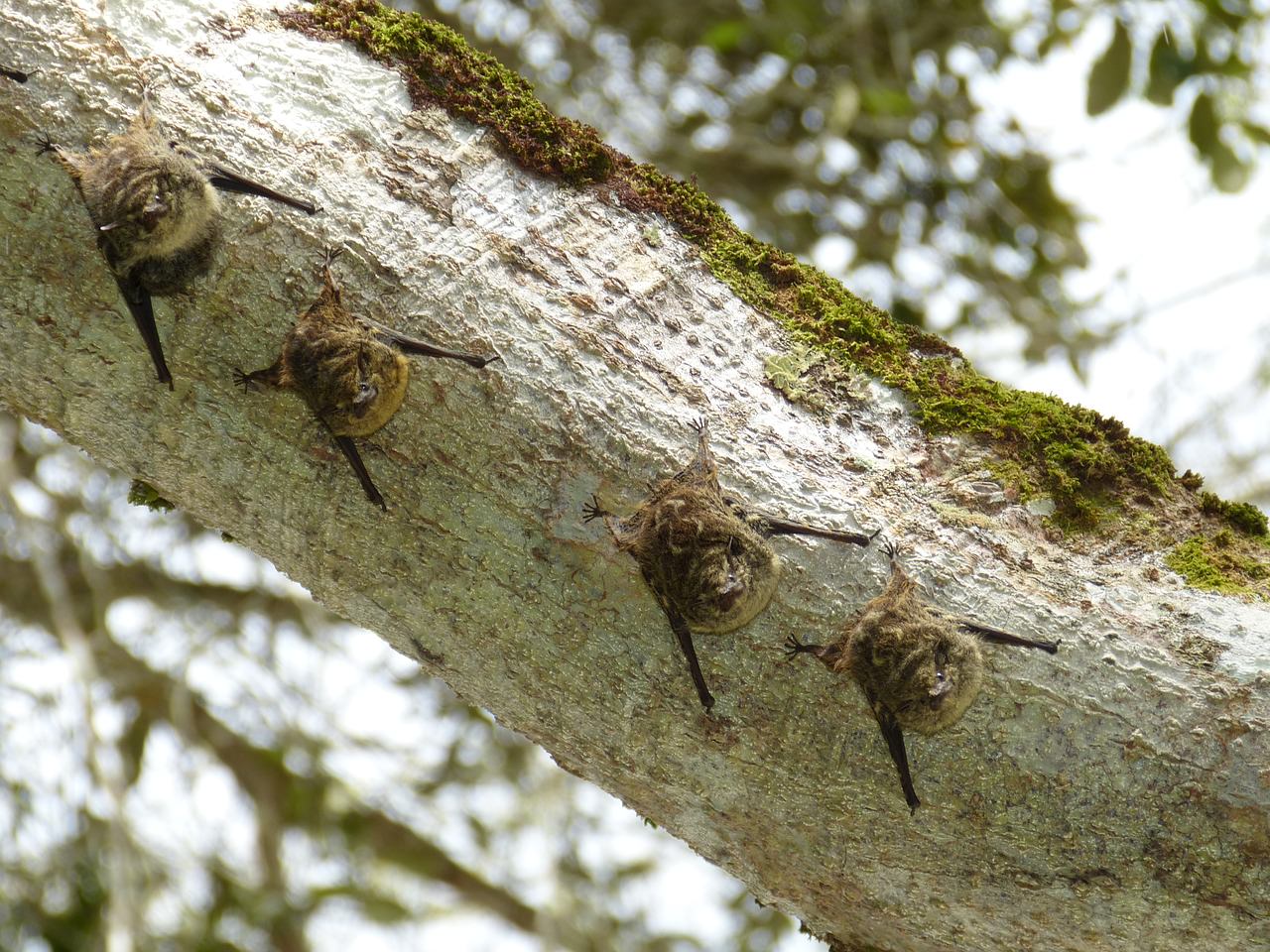
Rainforests all have four different layers, which each contain different types of vegetation and different types of animal. These are the emergent layer, the canopy layer, the understory layer and the forest floor.
